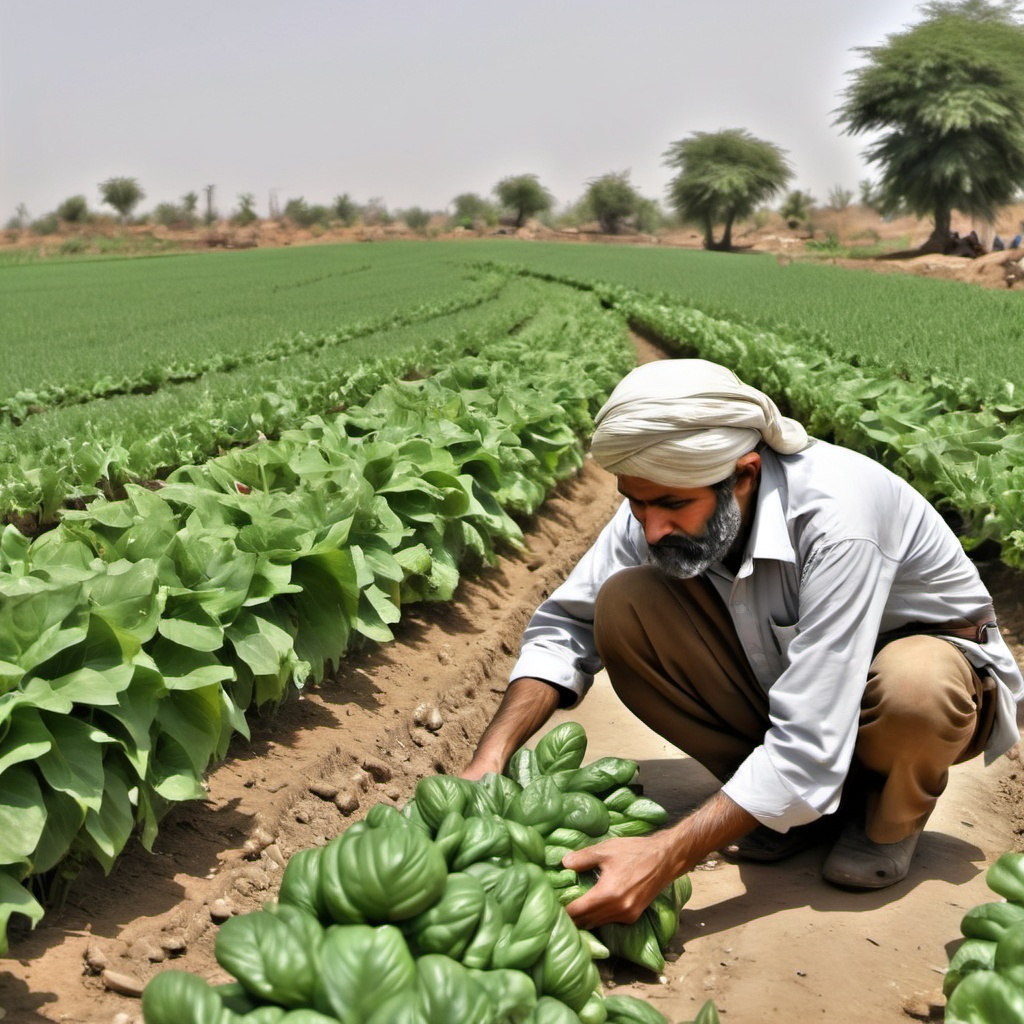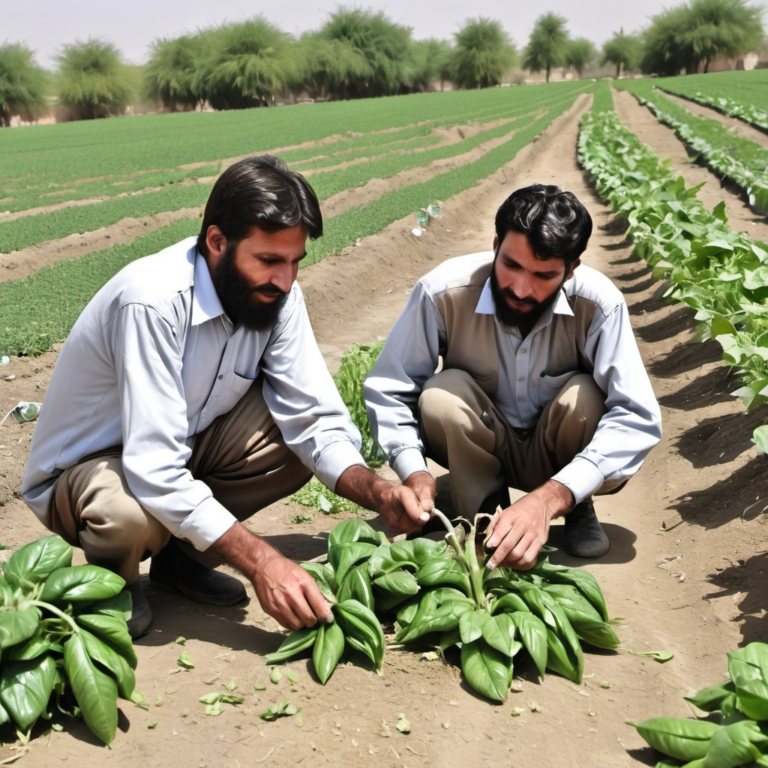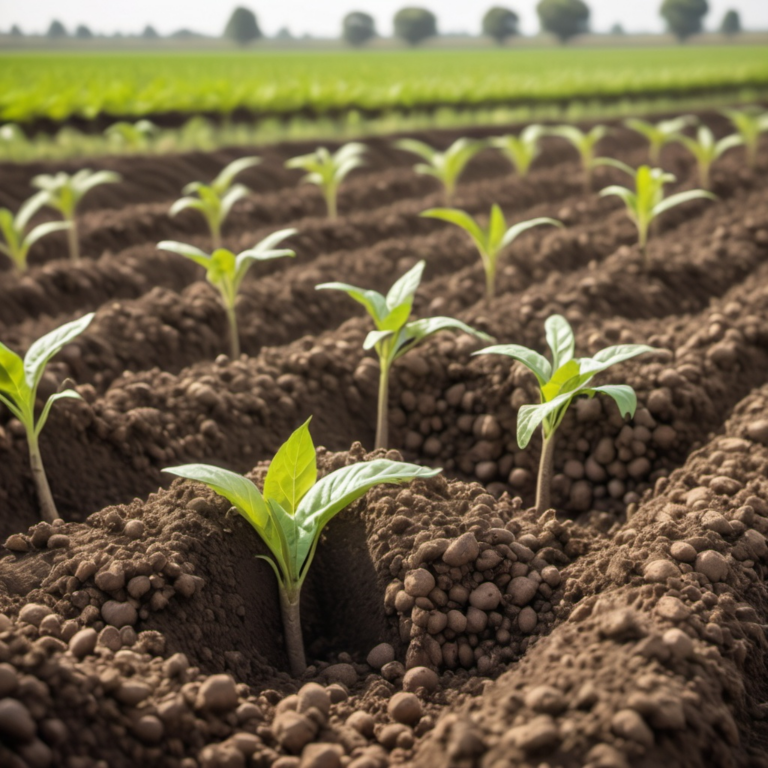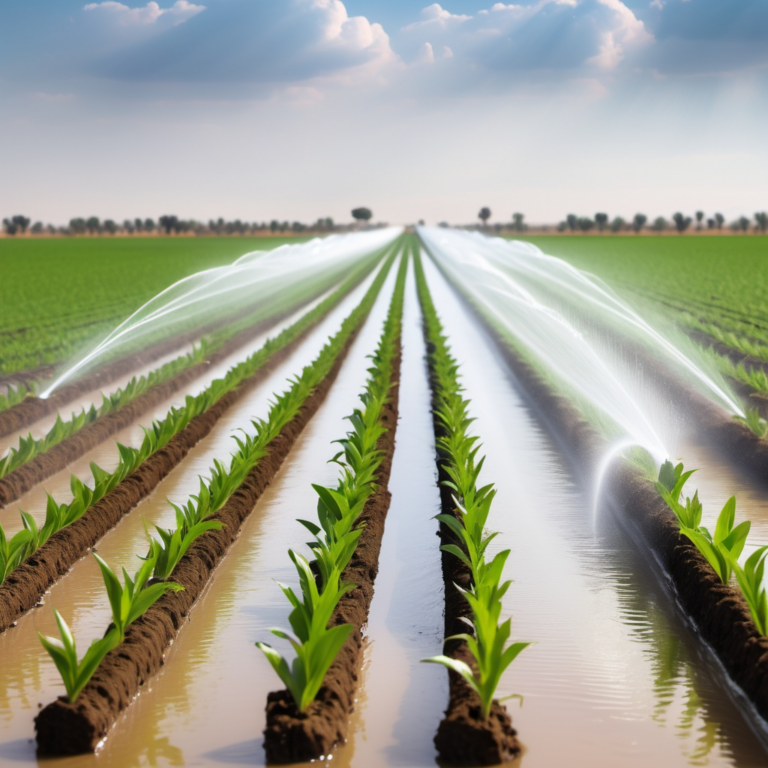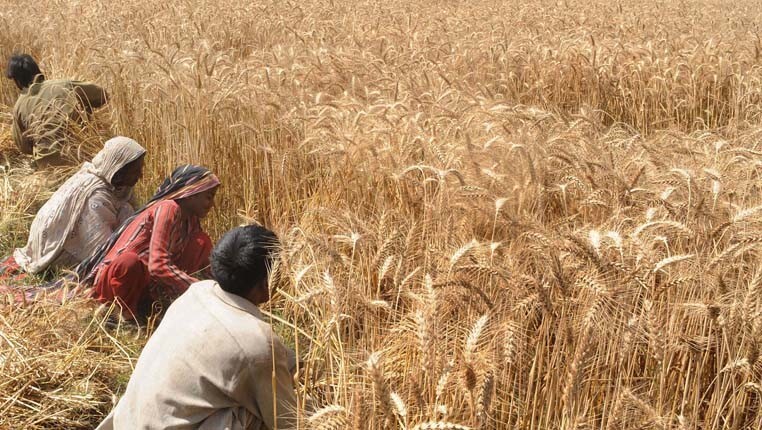Role of Sustainable Agriculture in Alleviating Rural Poverty
Sustainable agriculture plays a pivotal role in addressing the challenge of rural poverty by enhancing productivity, preserving resources, and fostering economic growth in farming communities. This approach to farming aims not only to meet current food needs but also to ensure that future generations can thrive, making it an essential strategy for poverty alleviation in rural areas.
1. Enhancing Productivity and Income:
Sustainable agriculture emphasizes practices that increase crop yields while maintaining soil health and reducing the reliance on synthetic inputs. Techniques such as crop rotation, agroforestry, and organic farming help boost productivity by enhancing soil fertility and reducing pest outbreaks. Improved productivity directly translates into higher incomes for farmers, which is crucial for lifting rural households out of poverty. By diversifying crops and integrating livestock, farmers can also create multiple income streams, further stabilizing their economic situation.
2. Reducing Costs and Increasing Resilience:
Traditional farming often relies heavily on expensive inputs like chemical fertilizers and pesticides. Sustainable agriculture, on the other hand, encourages the use of natural alternatives, reducing the financial burden on farmers. By adopting practices like composting and biological pest control, farmers can lower their costs and enhance their resilience to market fluctuations and environmental shocks. This economic stability is vital for rural communities, where access to financial resources and credit is often limited.
3. Protecting Natural Resources:
Rural poverty is often exacerbated by environmental degradation, which can diminish agricultural productivity and increase vulnerability to climate change. Sustainable agriculture addresses this issue by promoting soil conservation, water management, and biodiversity. Techniques such as conservation tillage, rainwater harvesting, and planting cover crops help protect and restore natural resources, ensuring that the land remains productive and viable for future generations. By safeguarding these resources, sustainable agriculture contributes to long-term food security and poverty reduction.
4. Empowering Communities and Promoting Social Equity:
Sustainable agriculture also has a significant social dimension. It often involves the participation of local communities in decision-making processes, fostering a sense of ownership and empowerment. By supporting smallholder farmers and marginalized groups, sustainable agriculture promotes social equity and inclusivity. Community-based initiatives, such as cooperatives and farmer groups, can provide access to resources, training, and markets, helping rural populations build their capacities and improve their livelihoods.
5. Fostering Economic Development:
Beyond individual farms, sustainable agriculture can stimulate broader economic development in rural areas. By creating demand for locally-produced goods, it can strengthen rural economies and support local businesses. Investments in sustainable agriculture can also attract tourism, agro-processing industries, and value-added enterprises, providing additional employment opportunities and income sources. As rural economies grow, they become more resilient and capable of sustaining development efforts, further reducing poverty.
6. Contributing to Climate Change Mitigation:
Climate change poses a significant threat to rural communities, exacerbating poverty through extreme weather events and shifting growing conditions. Sustainable agriculture helps mitigate these impacts by reducing greenhouse gas emissions and sequestering carbon in the soil. Practices such as agroecology and permaculture can enhance the carbon storage capacity of soils, contributing to climate change mitigation while simultaneously supporting rural livelihoods.
In conclusion, sustainable agriculture is a powerful tool for alleviating rural poverty. By enhancing productivity, reducing costs, protecting natural resources, empowering communities, fostering economic development, and contributing to climate change mitigation, it addresses both the symptoms and root causes of poverty. For rural areas to thrive, investing in sustainable agricultural practices is not only beneficial but essential for building resilient, prosperous communities.

